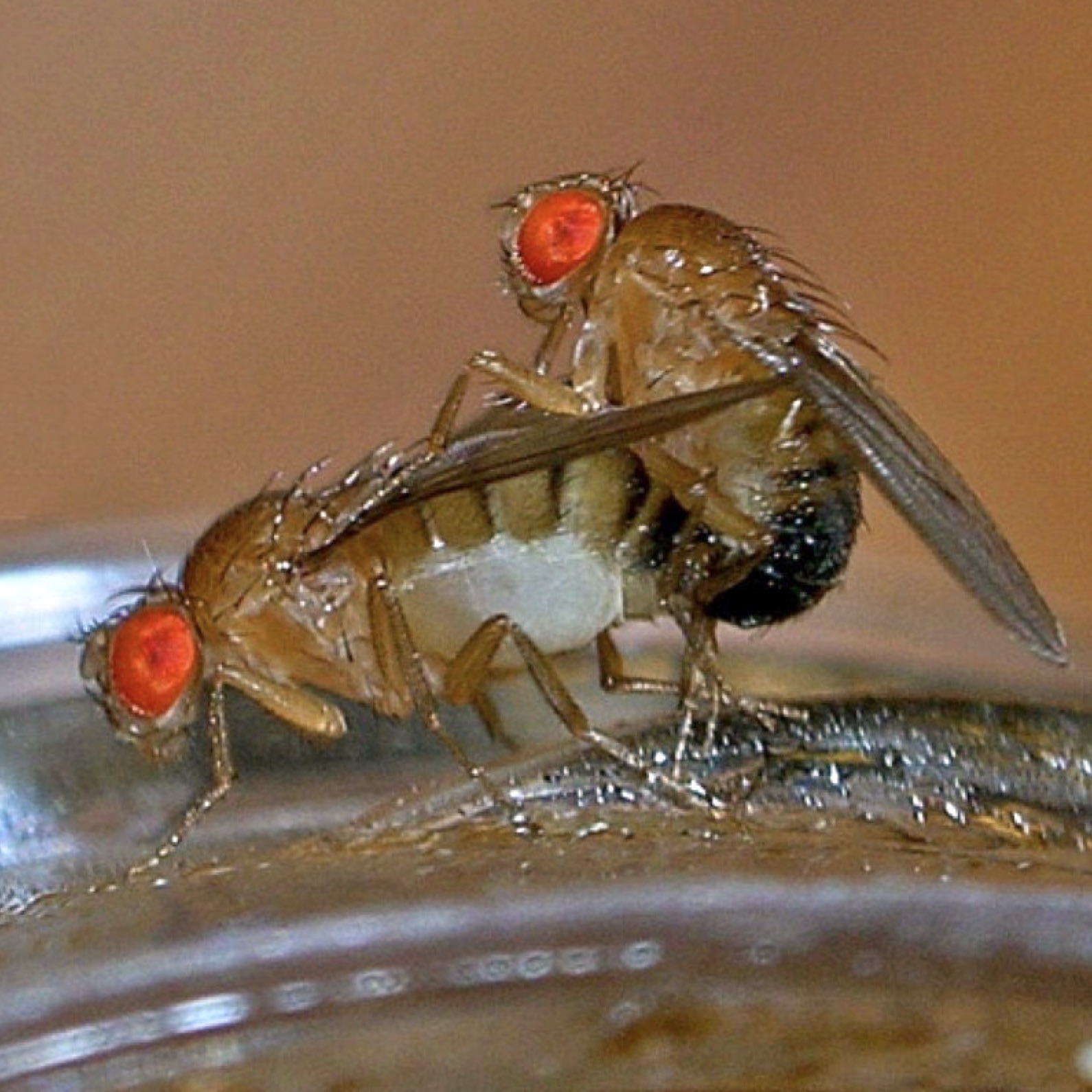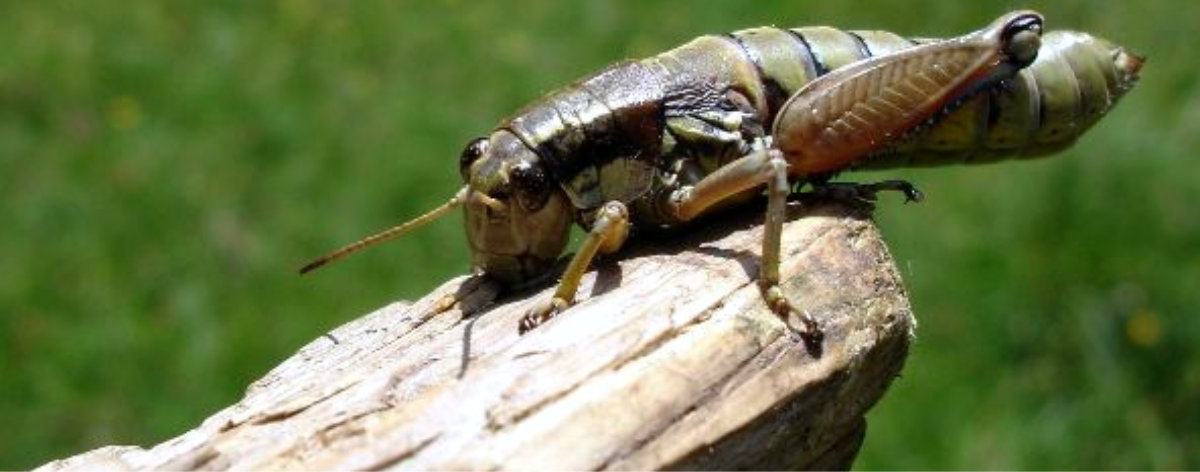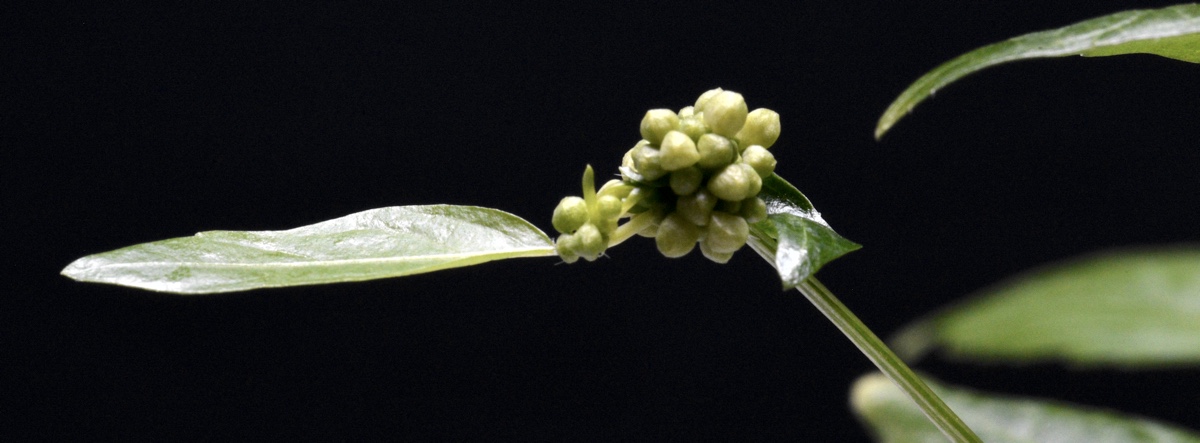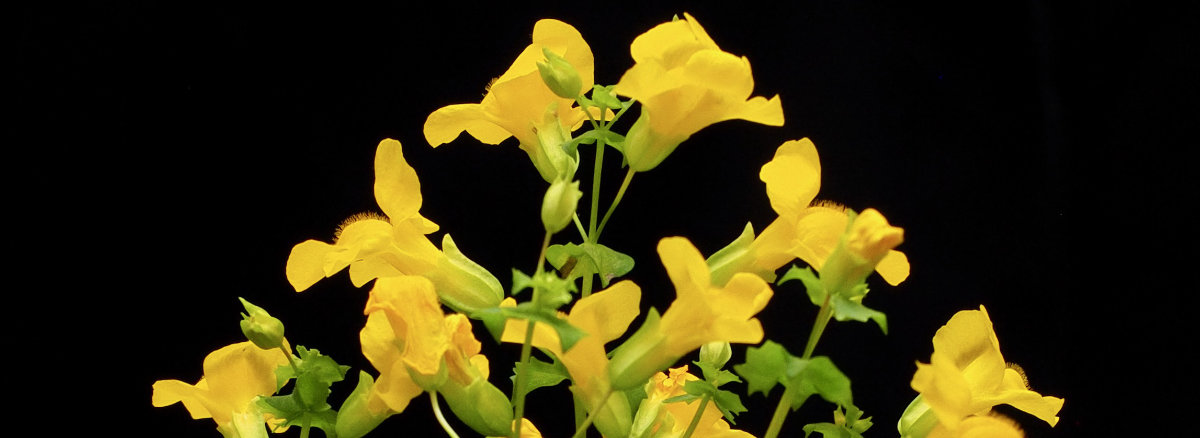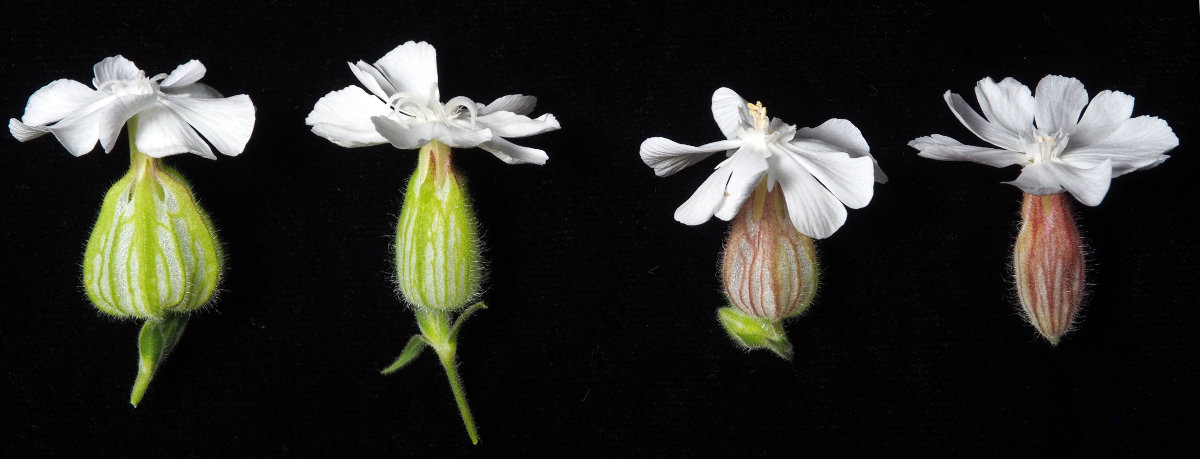Evolution of gene expression in response to sexual selection
Gene expression in experimentally evolved D. pseudoobscura lines under high and low sexual selection.

Sexual selection leads to the evolution of traits of one sex based on their preference by the other. It is known to lead to rapid divergence and often results in extreme phenotypes. It can be a major force in the diversification of populations and generation of genetic diversity. The effects of sexual selection on phenotypic diversity have been the easiest to study while the effects on the underlying genetics have been elusive. By studying the genetic responses to sexual selection manipulation we hope to understand their relevance to the generation of genetic diversity and, ultimately, biodiversity.
Lines of the fruit fly Drosophila pseudoobscura have been evolving in the lab under different strengths of sexual selection, controlled through sex ratio manipulation, for about 150 generations. Populations experiencing a male-biased sex ratio experience greater male competition and stronger female choice on male characteristics. Previous studies have identified various phenotypic changes that affect mating success, including both courtship behaviour, such as courtship intensity and courtship song, and reproductive physiology characters, such as accessory gland size and effects of the males on the remating interval of females.
The use of next generation sequencing allows to study the underlying genetics behind such phenotypes. We hope to obtain information on the types of changes associated with responses to sexual selection. Such information would answer exciting evolutionary questions such as:
Whether the same phenotypic response is based on the same underlying genetics when it evolves multiple times independently.
Whether the X chromosome has disproportionately more changes than other chromosomes, as suggested by theory.
Whether changes in gene expression are associated with changes in gene sequence.
The project is a collaboration between the labs of Mike Ritchie and Rhonda Snook.
